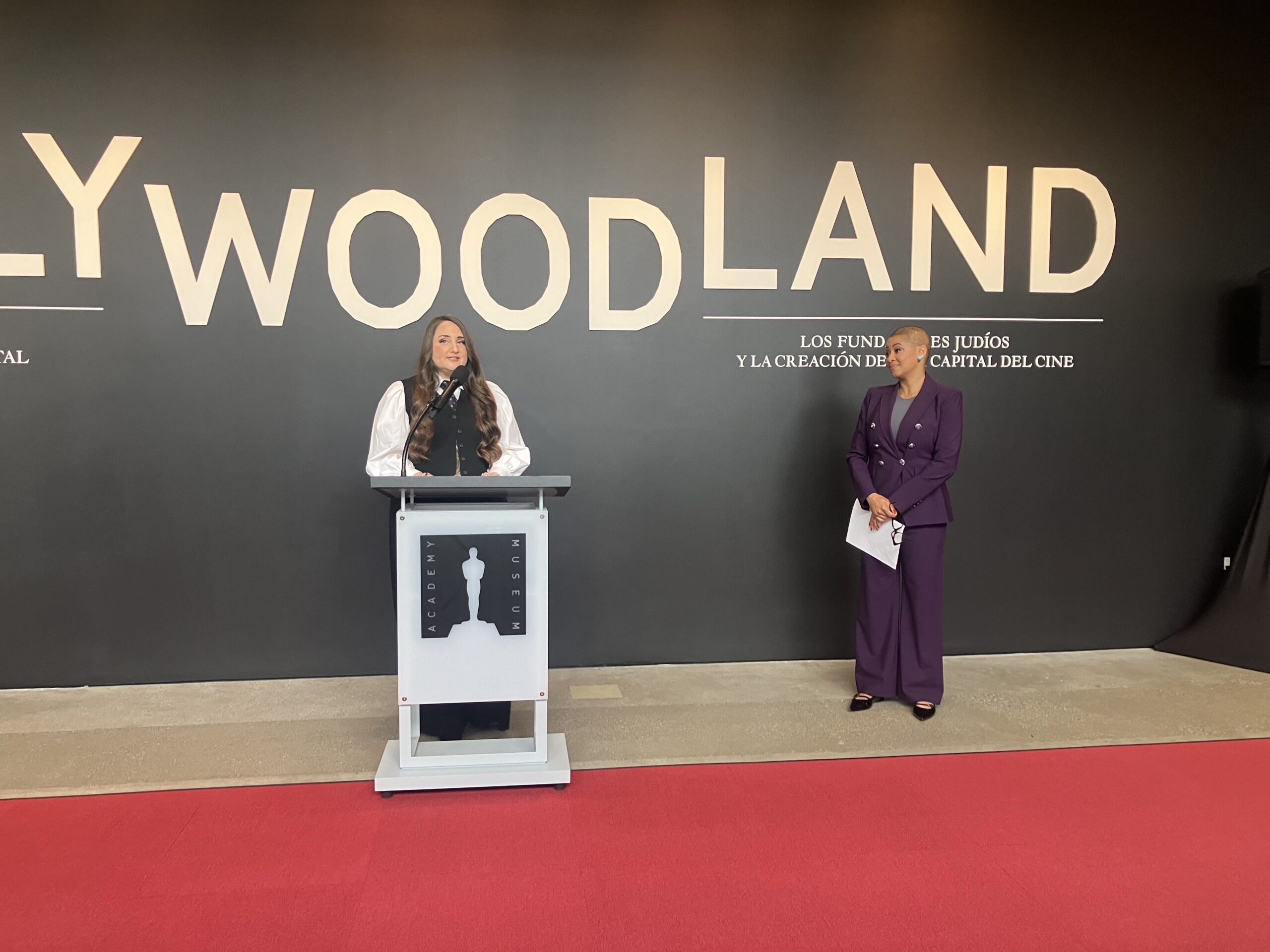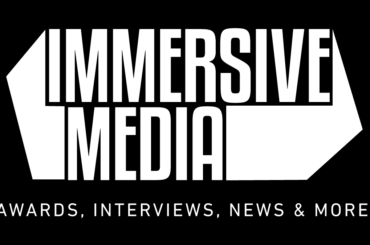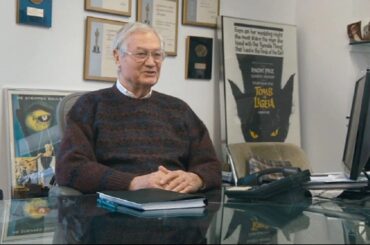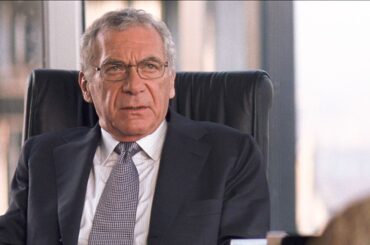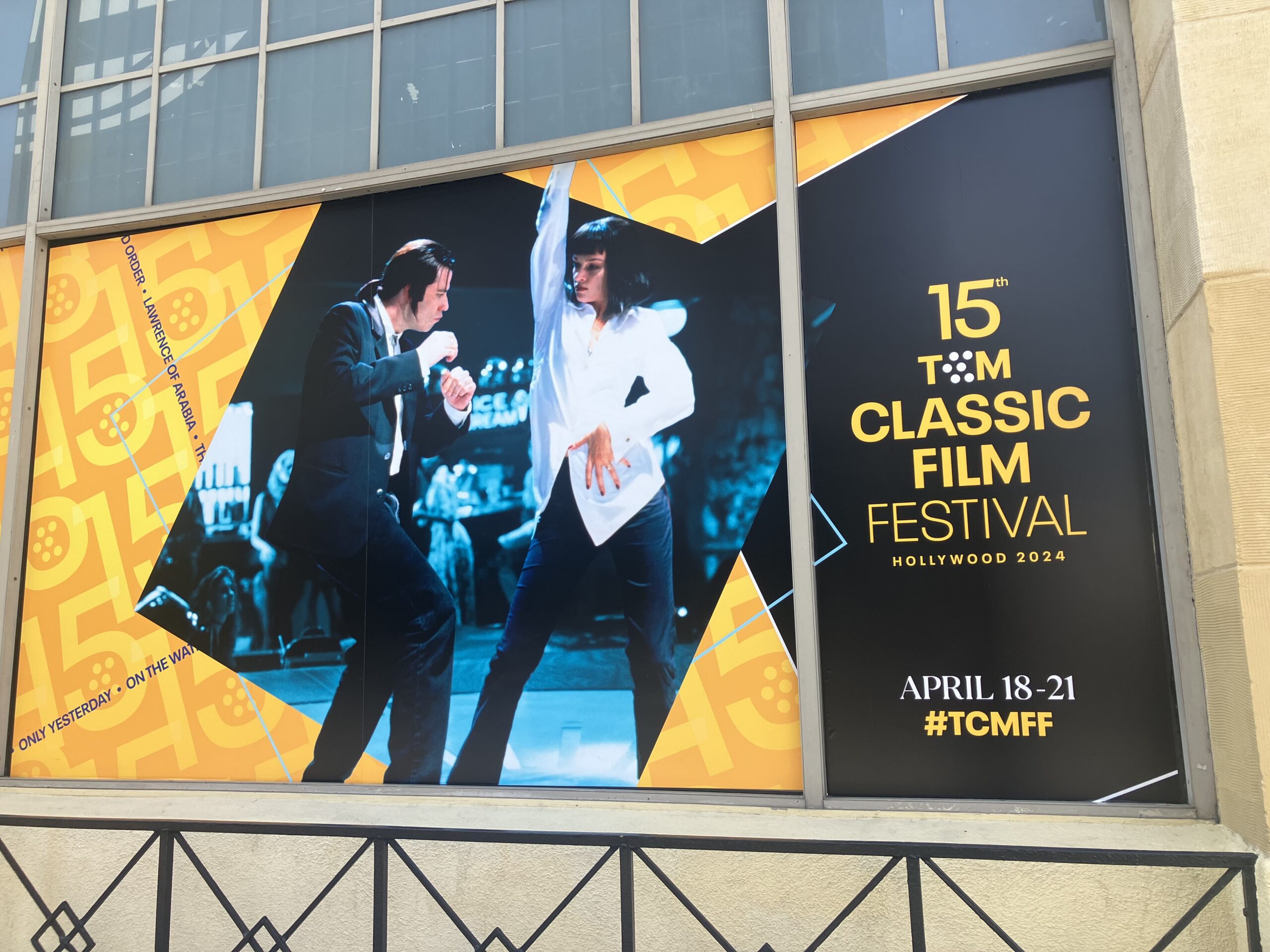
The Academy Museum has rolled out its first permanent exhibition entitled Hollywoodland. It tells the tale of the predominantly Jewish founders who migrated mostly from the East Coast (originally Eastern Europe) in the early 20th century and founded the American film studio system that transformed Los Angeles into the thriving metropolis that is today. Paramount, Columbia, RKO, United Artists, Warner Brothers, Universal, MGM, and Fox made up the beginnings of the studio system transforming this burgeoning art form from a mere curiosity to a pastime that engulfed the land.
The gallery is comprised of three sections, the first has an interacting map of the city with a timeline, the second tells the tale of the beginnings and early highlights of all the majors and lastly, there is a room showing a film From The Shtetl To The Studio: The Jewish Story Of Hollywood. Carl Laemmle, Louis B. Mayer, Adolph Zukor, William Fox Samuel Goldwyn, and the Warner brothers and their collective tales of rising above antisemitism in a time of extreme bigotry. Even though they were in charge of making most filmed entertainment in the United States, their output never reflected their backgrounds and beliefs. Despite this, their achievements are the strong foundation that the entertainment industry is built upon. Their stories are the embodiment of the American Dream when it works.
A story of immigrants at heart.
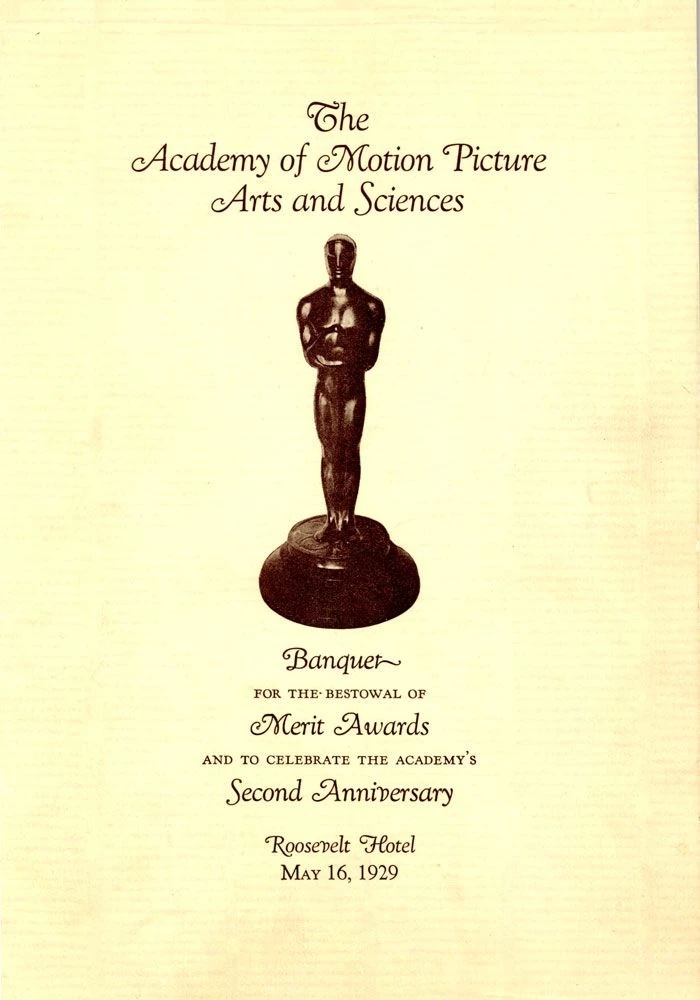
Hollywoodland is curated by Dara Jaffe, associate curator, with support from Gary Dauphin, former associate curator of digital presentations, and Josue L. Lopez, research assistant. Author and film critic Neal Gabler is an advisor for the exhibition, as well.
The Academy Museum opened in September 2021, and at that time, there was some criticism of the omission of the Jewish Founders of the major studios. According to the Academy Museum, this exhibit has been in the works since 2017, well before the Museum’s opening. Academy Museum President Jacqueline Stewart adds, “I think the big story on this is that we decided to make this a permanent exhibition, and that came from listening to many people’s feedback, including folks who just really wanted to understand better why the film industry end up located in Los Angeles… I feel that we’re able to present this exhibition now in a way that’s better than it would’ve been if we had tried to tell the story when we first opened because we understand our audiences better.”

Given the current climate, not only in Los Angeles but in the world, antisemitism isn’t going away, so the attention, care, and time to this story was important. Curator, Dara Jaffe elaborates, saying, “Our focus stayed very constant. We’re telling a very specific story here about the Jewish founders of Hollywood, but antisemitism is a very large part of that story. We’re looking at the way that a dominant culture of antisemitism not only shaped the way these Jewish founders were drawn towards the industry, but the way they were treated even after they were atop this industry, that they’d built a very real nonstop series of anti-Semitic threats against not only them, but the film industry as a whole because of antisemitic attitudes and the same kind of anti-Semitic rhetoric that was leveled at these original Jewish founders of Hollywood.”
As for the exhibit itself, it is chock full of data, objects, letters, memos, and inter-office communication that give a snapshot of who these people were. Jaffe reveals, “I think the most important discovery is the story of Carl Laemmle and his efforts to save as many Jewish Germans as possible in the 1930s by bringing them to America, offering many of them jobs at Universal. I didn’t know that full story before.”
Fun fact: Laemmle was related to filmmaker William Wyler, his cousin, and it is another bit of info revealed in the exhibit. We also learn that Laemmle employed several female film directors in a time when it was very rare. He even referred to Lois Weber (Suspense) as his favorite director.
In preparation for the exhibit, The Academy Museum spoke to many people and had listening sessions with the Jewish Community to make sure the story was told comprehensively. There are still many descendants of these important figures who still reside in the Los Angeles area and can connect their family lineage to its beginnings. Stewart adds, “The fact that this is an immigrant story also strikes us as something that will be meaningful for so many people who will come to see it, who directly or through their family histories can relate to that.”
The exhibit (with a few exceptions) leaves off in 1929, which is where the rest of the Museum takes hold as that was the year of the first Academy Award Ceremony. As mentioned earlier, the museum plans on expanding this exhibit. There are so many stories of emigres who migrated to Hollywood in the ’30s and ’40s to escape the Nazis, and these were some of the greatest filmmakers of all time and could certainly be explored in ongoing additions to the historical aspect of the institution.
Directors like Billy Wilder (Sunset Boulevard), Ernst Lubitsch (To Be Or Not To Be), Fritz Lang (His American Films include: Fury, Scarlet Street, The Big Heat), Robert Siodmak (The Killers), and his brother, Carl Siodmak (The Wolf Man), could all certainly get in-depth attention. Jaffe concludes, “We see this exhibition as a jumping off point for so much more programming, film series, community gathering, additional programming that can be built around this exhibition tied to this subject matter… because this is a permanent exhibition, it means that we have a platform in perpetuity where we can always be tying these additional moments around this.”


